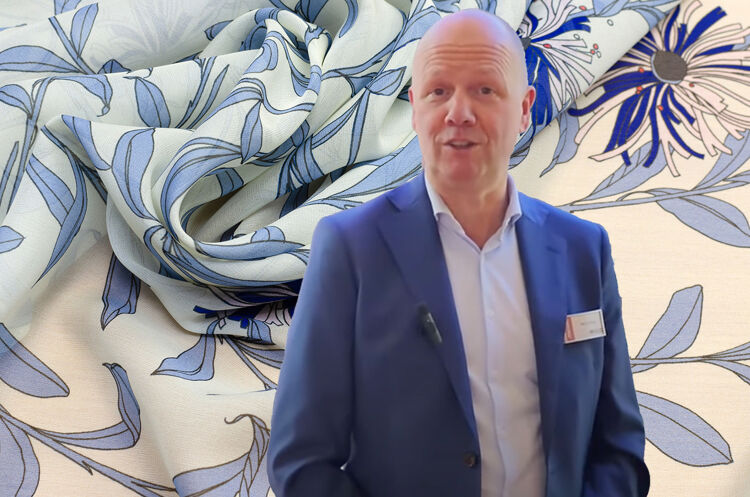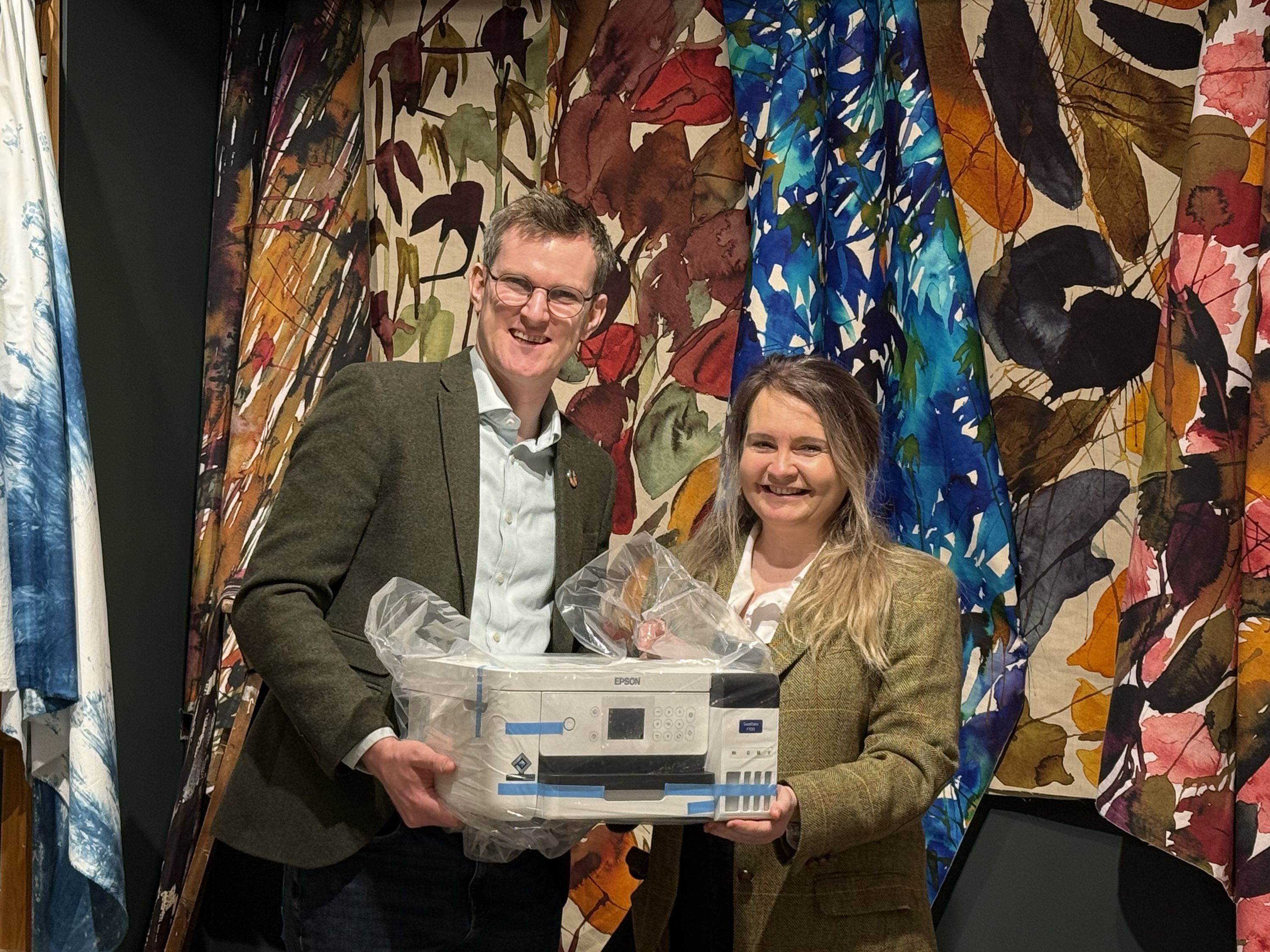Latest strategies, insights and technologies regarding Textile Printing with Mimaki Europe

Debbie McKeegan speaks to Mark Verbeem, Product Management Supervisor at Mimaki Europe about the the textile industry trends and market shifts, with a focus on sustainability and digital production.
He highlights the growing demand for more sustainable and eco-friendly products, as well as the need for transparency in terms of CO2 footprint. Verbeem also discusses the evolving customer base and the importance of collaboration between manufacturers and brands. He then delves into the new business models and opportunities in emerging markets, such as on-shoring and near-shoring. Moving on to discuss Mimaki's innovative technologies, including the Trapis solution for pigment applications and the Tiger series for high-speed dye sublimation printing, finishing with a short review of the growth of Direct to Film technologies.
To discover the latest content that covers a wide range of sectors including textile printing, dye sublimation and sustainability sign up for FESPA’s free monthly newsletter FESPA World available in English, Spanish and German.
Topics
Interested in joining our community?
Enquire today about joining your local FESPA Association or FESPA Direct
Recent news

The Rise of B2B in Print-On-Demand: Mastering Personalisation to Drive Growth
Rusty Pepper highlights the B2B shift in Print-On-Demand, focusing on personalisation's role in driving growth. He discusses market differences between Europe and the U.S., challenges in global scaling, and strategies for successful implementation. Experts will share insights at FESPA 2025, covering automation, fulfilment, and market trends.

Navigating the Evolving Landscape of Fashion, Print and Sustainability
In this podcast, Debbie McKeegan and April Holyome – head of Product at the luxury Italian brand 16Arlington discuss the evolving landscape of fashion at the Epson Textile Academy.
.jpg?width=550)
Awarding Talent: Joanne O’Rourke Wins the Epson Eco Stories Textile Challenge and Trip to FESPA 2025
Joanne O'Rourke won the Epson Eco Stories Textile Challenge, receiving an Epson SureColor SC-F100 printer and a trip to FESPA 2025 in May. The award highlights the importance of supporting emerging designers for a sustainable print industry. These "digital natives" drive innovation, sustainability, and technological advancement, crucial for the sector's future.

The importance of Personalisation in Direct Mail - The Power of Print
Jeroen van Druenen, CCO of Jubels discusses how personalised direct mail, especially print, boosts engagement and ROI by tailoring content to individual recipients. Using variable data printing (VDP), marketers create unique designs and offers, enhancing relevance and fostering stronger customer relationships. Physical mail's tangibility and lasting impact further amplify personalisation's effectiveness.